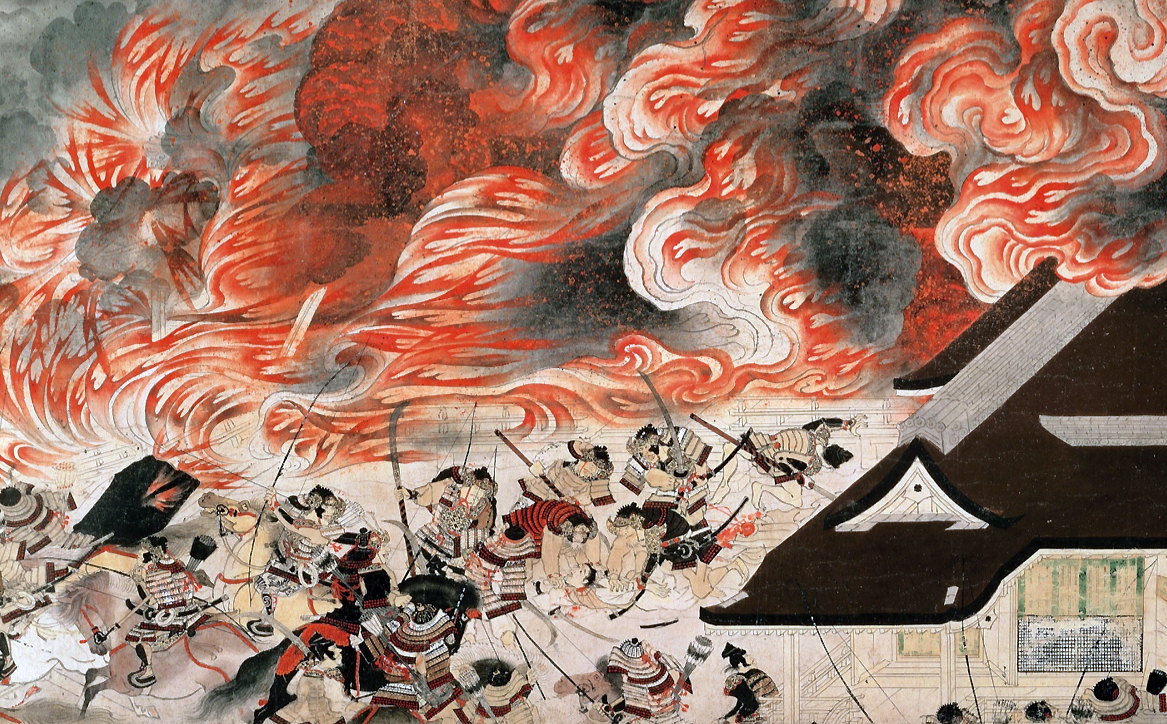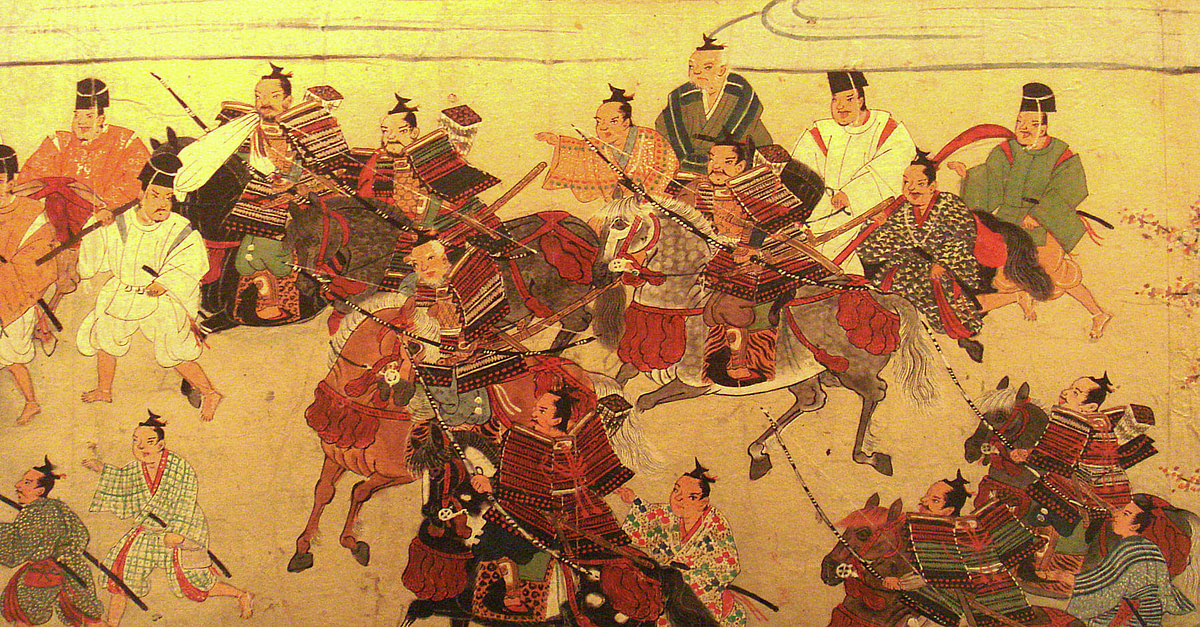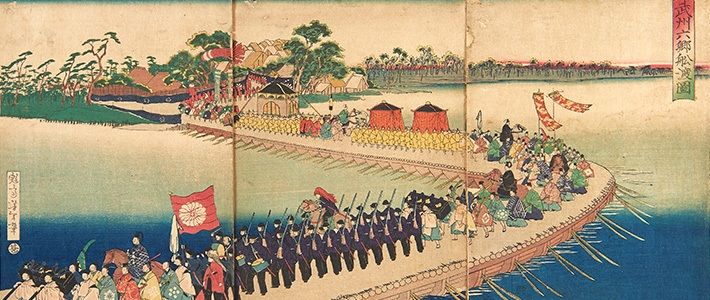History
japans history goes way back and here are some important time periods in japan
Heian Period (794 - 1185)
The Heian Period in Japan (794-1185) was a time of great cultural growth, especially in the capital city of Kyoto. The aristocracy, or noble class, played a big role in shaping the culture of this era. They developed a love for poetry, literature, and art, which became a big part of their refined and sophisticated way of life. One of the most famous works from this time is "The Tale of Genji", a novel written by Murasaki Shikibu that showcases the aristocracy's elegant tastes.".
Kamakura Period (1185 - 1333)
The Kamakura Period, which started in 1185, was a time of big change in Japan. This was when the samurai, or warrior class, began to take control of the country. The Kamakura government, led by powerful military leaders, brought about a time of constant fighting and a breakdown of central authority. During this period, Zen Buddhism became very popular, and it had a big impact on the samurai way of life and the arts.

Muromachi Period (1336 - 1573)
The Muromachi Period, which lasted from 1336 to 1573, was a time when the Ashikaga family held power in Japan. Even though the government was struggling, this era saw a lot of amazing cultural achievements. For example, Noh theater, the traditional Japanese tea ceremony, and beautiful ink painting all became super popular. It was a time when artists and thinkers were able to flourish, despite the political troubles.

Azuchi-Momoyama Period (1568 - 1600)
The Azuchi-Momoyama Period, which took place from 1568 to 1600, was the end of the Warring States period in Japan. During this time, powerful leaders like Oda Nobunaga and Toyotomi Hideyoshi were able to unify the country. Even though there was a lot of fighting and territories were being taken over, this period is also known for some amazing cultural achievements. It was a time of intense warfare, but also of significant cultural development. .

Edo Period (1603 - 1868)
The Edo Period, also called the Tokugawa period, lasted from 1603 to 1868 and was a time of peace and stability in Japan. The Tokugawa family was in charge, and they kept the country isolated from the rest of the world. But even though Japan was cut off from other countries, this period saw some amazing cultural achievements. For example, Kabuki theater became super popular, beautiful ukiyo-e woodblock prints were created, and cities like Edo (modern-day Tokyo) grew and thrived. It was a time of great cultural growth and development, even though Japan was isolated from the rest of the world.

Meiji Period (1868 - 1912)
The Meiji Period, which lasted from 1868 to 1912, was a major turning point in Japanese history. This was the time of the Meiji Restoration, when Japan underwent a huge transformation. The country went from being a traditional, feudal society to a modern, industrialized nation. The government, led by the Meiji emperor, made many big changes to help Japan catch up with the rest of the world. They created a new system of government, with a king or queen (monarchy) and a constitution, which is a set of rules that outlines how the country is run. These changes helped Japan become a powerful country on the world stage. It was a time of rapid growth and development, and it had a lasting impact on Japan's future.

After the Meiji Restoration, Japan underwent a huge transformation, changing from a traditional, feudal society to a modern, industrialized nation. This marked a significant turning point in Japanese history. Today, Japan is a global leader in technology, innovation, and culture, known for its cutting-edge advancements in fields like robotics, electronics, and automotive manufacturing. The country's vibrant culture is also renowned for its unique blend of traditional and modern elements, from ancient temples and shrines to modern anime, manga, and video games. Japan's influence can be seen in many aspects of modern life, from fashion and food to entertainment and technology.
Home